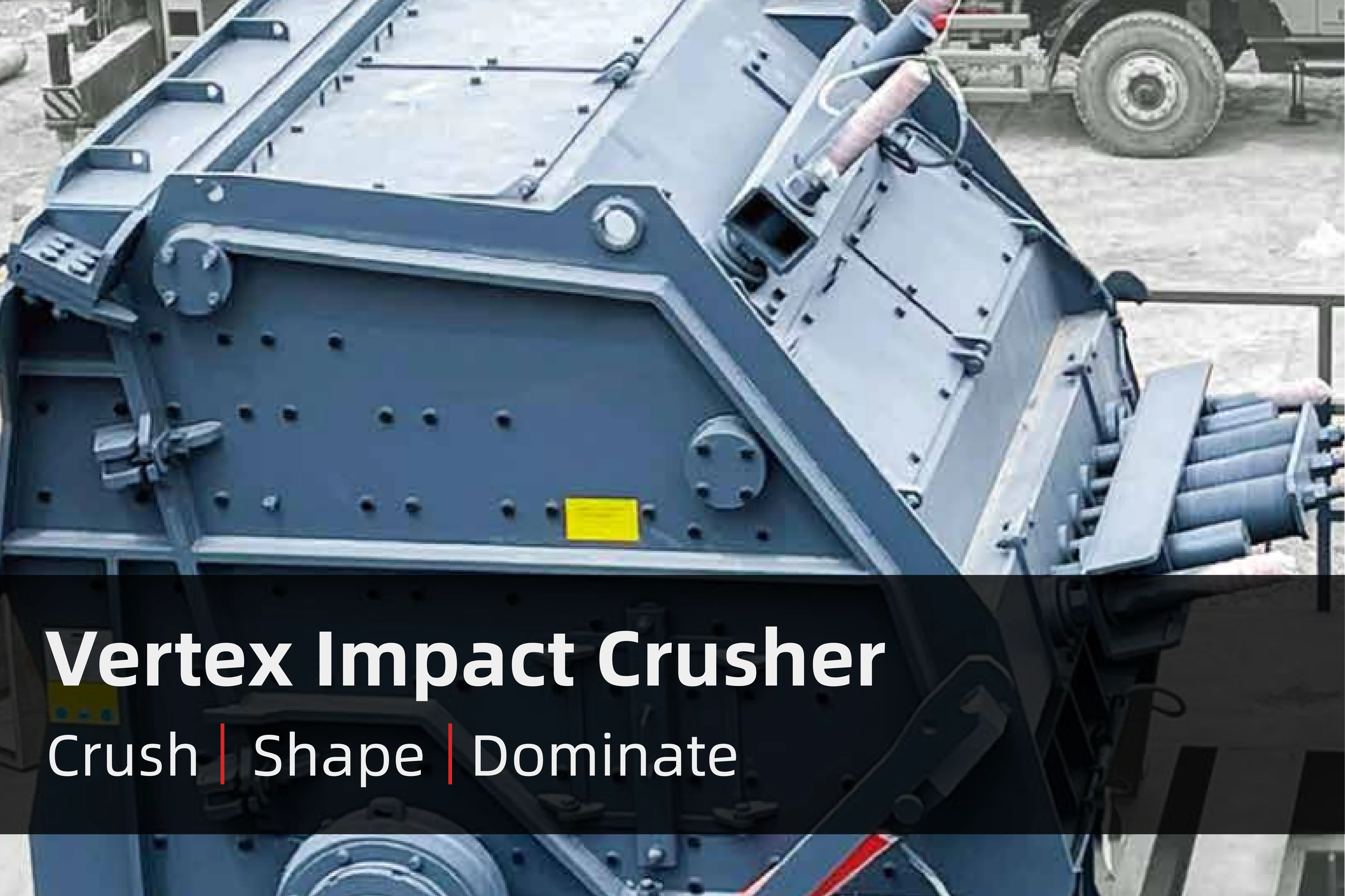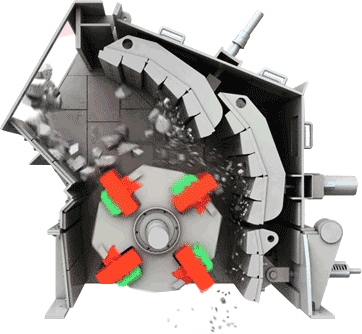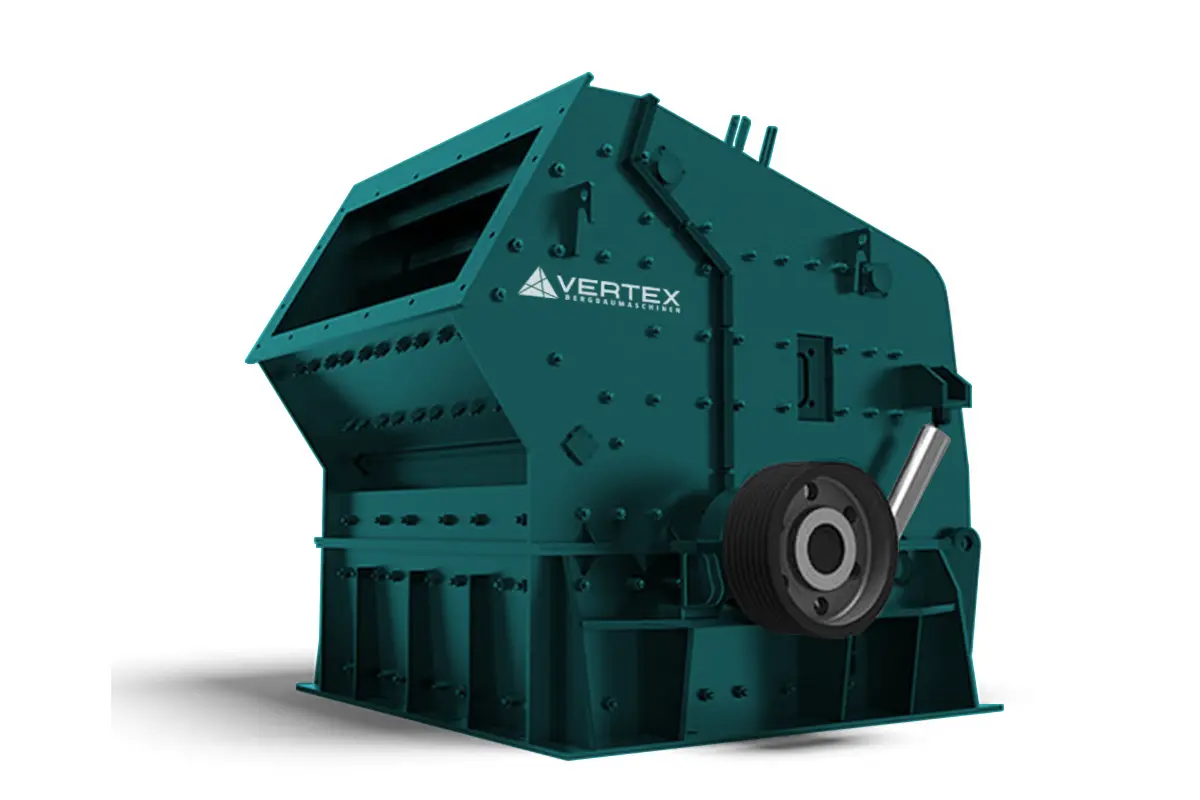
In the world of industrial crushing equipment, impact crushers stand out as a powerful and versatile solution for a wide range of applications. Unlike traditional crushers that rely primarily on compression, impact crushers utilize the force of high-speed impact to break down materials. This distinctive working principle allows them to deliver exceptional performance, particularly in shaping aggregate materials and processing softer or medium-hard stones.
An impact crusher operates by feeding material into a chamber where it is struck by rapidly rotating hammers or blow bars attached to a rotor. The collision propels the material against impact plates (also known as breaker plates) lining the crushing chamber. The repeated impacts reduce the material's size until it is fine enough to exit through designated openings.
The transformation of kinetic energy into mechanical energy during the collision is the essence of the impact crusher’s operation, producing particles with well-defined shapes and controlled gradations.

To appreciate how an impact crusher functions, it is essential to understand its critical components:
Impact crushers are generally divided into two main categories, based on the orientation of the rotor:
1. Horizontal Shaft Impact Crushers (HSI)
HSI crushers feature a horizontal rotor. They are ideal for producing high-quality aggregates with precise shapes. HSIs are commonly used for:
Primary crushing of limestone and softer rocks
Recycling concrete and asphalt
Sand and gravel processing
2. Vertical Shaft Impact Crushers (VSI)
VSIs operate with a vertical rotor axis and are often used for fine crushing and sand production. They use rock-on-rock or rock-on-metal crushing principles and are widely applied in:
Manufactured sand production
Manufactured sand production
Mineral processing
Each type serves distinct operational needs, and selection depends on the material properties and desired output.
Impact crushers have found their place across various industries due to their adaptability and efficiency, including:
Compared to other crushing equipment, impact crushers offer several key advantages:
Several variables influence the performance of an impact crusher:

When comparing impact crushers with jaw crushers and cone crushers, the most striking differences lie in their working principles, ideal applications, and the shape of the final output.
A jaw crusher operates on a compression principle, making it exceptionally effective for the primary crushing of hard and large rocks. It uses powerful mechanical pressure to crack material between a fixed and a moving jaw. However, one of its limitations is the irregular output shape, often producing coarse, non-uniform fragments that require further processing.
A jaw crusher operates on a compression principle, making it exceptionally effective for the primary crushing of hard and large rocks. It uses powerful mechanical pressure to crack material between a fixed and a moving jaw. However, one of its limitations is the irregular output shape, often producing coarse, non-uniform fragments that require further processing.
In contrast, an impact crusher leverages dynamic impact forces. When material is fed into the crusher, it is rapidly accelerated and thrown against fixed breaker plates, resulting in multiple fractures at high velocity. This method is especially well-suited for soft to medium-hard materials and applications where material shaping is crucial. As a result, impact crushers are prized for producing a highly cubical final product, making them ideal for applications such as asphalt production, high-performance concrete manufacturing, and road base materials where particle shape matters as much as particle size.
Through understanding these distinctions, it becomes clear why impact crushers hold such a strategic place in material processing—particularly where efficiency, versatility, and product shape are top priorities.
Proper maintenance ensures the longevity and optimal performance of an impact crusher. Key practices include:
An impact crusher is much more than a simple material-breaking machine—it is a high-performance solution engineered for precision, efficiency, and versatility. Whether deployed in mining operations, recycling centers, or aggregate production facilities, impact crushers play a vital role in shaping the world’s infrastructure. Understanding their operation, design, advantages, and future direction offers valuable insights into the evolving landscape of crushing technology.